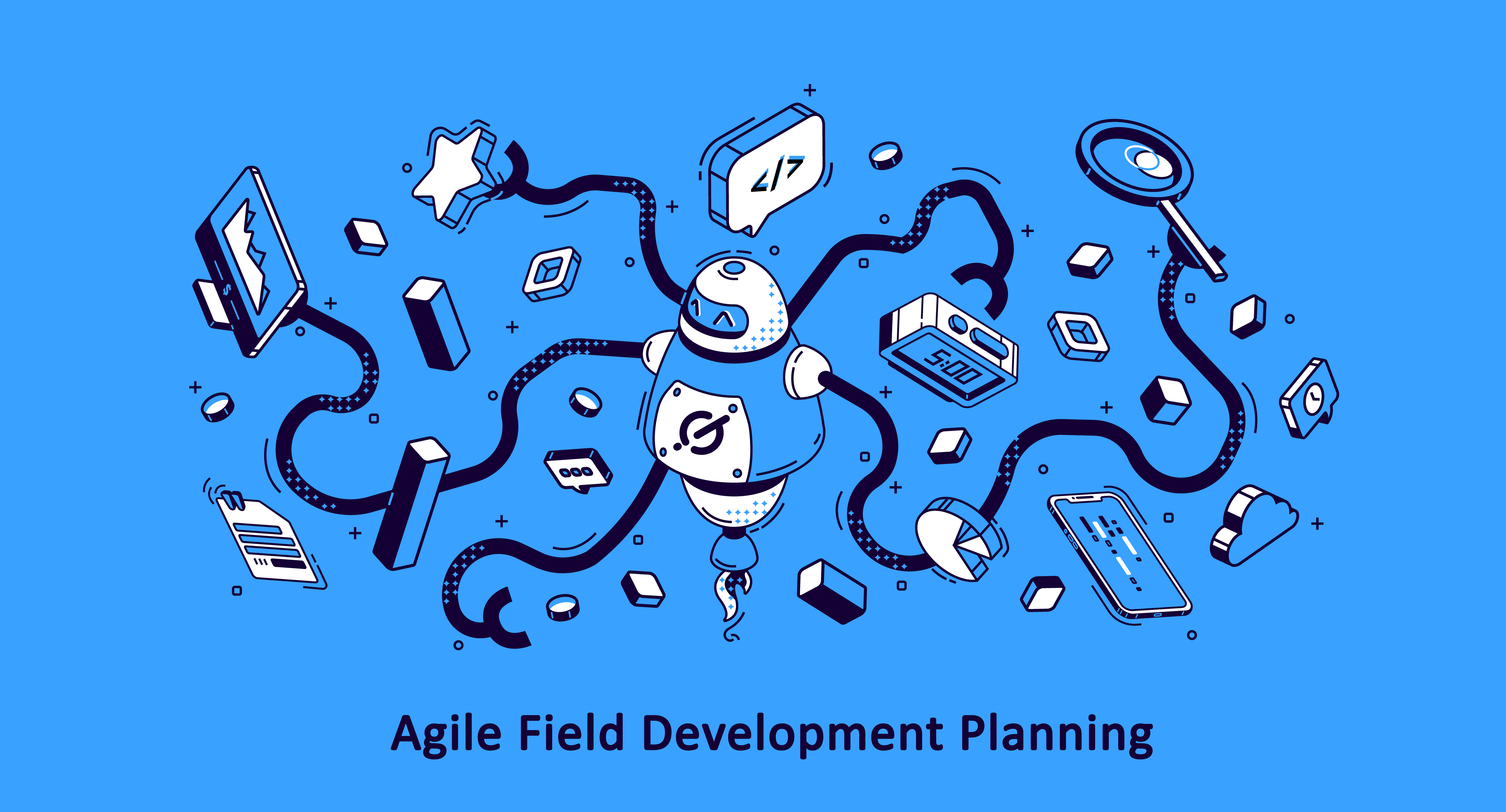Field Development Plans (FDPs) are critical for capital planning within upstream oil and gas companies. However, they tend to become dated relatively fast throughout the field development process and are time consuming to update or optimize for new variables. External factors and new information are constantly changing the underlying assumptions used to make the FDPs. The goal of an FDP should be to provide a blueprint that outlines all the activities and processes required to optimize the development of a field. Stated in simpler terms, the FDP is the roadmap to the field’s success. But that success is dependent on the plan being optimal and current:
Optimal Plan
· How many scenarios were we able to adequately assess?
o Many organizations do not have enough time & resources to assess and explore multiple Field Development Planning (FDP) scenarios. They might have to make do with one or two scenarios.
o E.g., Should we acquire additional acreage and drill 15K foot horizontals instead of 10K?
· How fast can we modify our FDP if our organizational needs change?
o Ideally all your FDPs should align and adjust to meet your organizational goals.
o E.g., We need to reprioritize ROI over production volume.
Current Plan
· How fast can we modify our Field Development Plan (FDP) based on new data?
o Unforeseen changes or new developments can render an entire FDP obsolete. How quickly an organization can revisit and update the FDP will be instrumental in the success of the field.
o E.g., Pad placement is more difficult and costly than originally expected, can we go from 4-well pads to 8-well pads?
· How fast can we modify our FDP based on external factors?
o E.g., If we can no longer permit wells on federal lands, how can we exploit our existing permits?
What happens when your FPD roadmap is no longer valid? How fast can you update your plan? How long would it take to fix your FDP if your surveyor sent you revised section corners? The FDP process can vary greatly from organization to organization, but it is generally a slow and cumbersome process. That’s were GeoNote can make a difference.
GeoNote Agility
GeoNote leverages a powerful combination of data management, collaboration, and analytical extensions to make the Field Development Planning (FDP) workflow a smooth and fast process. It’s versatile enough to adapt to any organization’s workflow.
1. Define Assets
a. The collaborative environment means that you only need to define your assets once.
b. Your entire team and 3rd party collaborators can update the underlying data in real time as required.
c. Smart geotagging automatically notifies you when your documentation is out of date.
2. Assess Subsurface
a. Geologists can share their data with the team as a single source of truth.
b. Geologic data is stored within the software and can be used for updating well plans.
c. A geological prognosis can be generated for all wells on demand.
3. Plan Wells
a. The Gun Barrel Planner leverages your knowledge of the asset’s formations along with your development area to create a template for your development.
i. Your Gun Barrel template can be used to generate or update hundreds of wells in minutes for different locations.
b. The Well Designer can plan the wellbore trajectory for hundreds of wells based on your targets. You can define your own targets or simply use the wells from the Gun Barrel Planner. Drilling plan parameters are user-customizable.
4. Set Schedule
a. The Rig Scheduler makes it easy to track multiple rigs, various rig types, frac crews, and maintenance jobs while looking out for unwanted communication (aka frac hits) among hundreds of wells at a time.
i. Leverage your planned wells to quickly develop and test scenarios.
ii. Share your schedule with all relevant parties.
5. Continuous FDP
a. Reassessing your FDP does not mean starting from scratch.
b. Update your data and leverage existing information to quickly run new FDP scenarios.
GeoNote Advantage
GeoNote can connect dots in your workflow to leverage powerful relationships between your data to save time. For example, GeoNote will combine formations, sections, regulatory offsets and well spacings to define your wells. If you update any underlying components, you can quickly update/regenerate the well plan, geological prognosis, and all of the well plats if required.
Conclusion
GeoNote can tie into your existing field development planning workflow to improve your organization’s agility. When a component of your underlying data is updated, you can quickly push the changes with minimal rework. For more information contact us at contact@GeoNote.io, and be sure to watch our demo videos to see some of our extension like the Gun Barrel Planner, Geoprog, & Rig Scheduler in action. Stay tuned for more, and as always, stay grounded GeoNauts!

